15 Perennials to Divide This September for Bigger Blooms Next Year
Dividing perennials in September is an essential step for anyone looking to enhance their garden’s beauty next season. As the weather cools, plants can focus on growing strong roots, setting them up for a stunning display of blooms. This practice is simple and beneficial, giving your plants the space they need to grow. Dividing also helps improve the overall health of your garden by preventing overcrowding.
This post may contain affiliate links, which helps keep this content free. Please read our disclosure for more info.
Daylilies
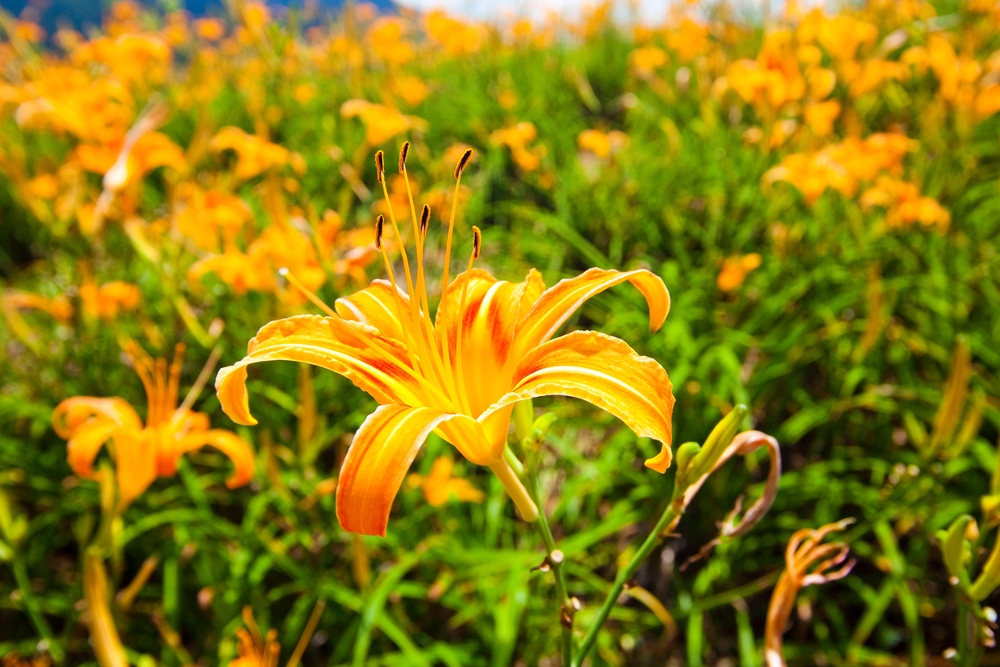
Daylilies are a popular choice for gardens, known for their vibrant blooms that last through the summer. Dividing them in September helps rejuvenate the plants, allowing them to produce more flowers in the coming season. Overcrowded daylilies can lead to fewer blooms, so splitting them ensures better air circulation and nutrient absorption. Simply dig up the plant, divide the roots, and replant them in well-drained soil. Dividing daylilies also promotes healthier growth and can help prevent disease.
By dividing your daylilies, you can enjoy even more of their beautiful, colorful flowers next year. They thrive in full sun and tolerate a variety of soil types, making them a versatile addition to any garden. These plants are relatively low-maintenance, and the division process will help keep them looking their best. It is a good idea to water them regularly after replanting to help establish their new roots. Dividing daylilies every few years is essential for maintaining a strong, blooming garden.
Hostas
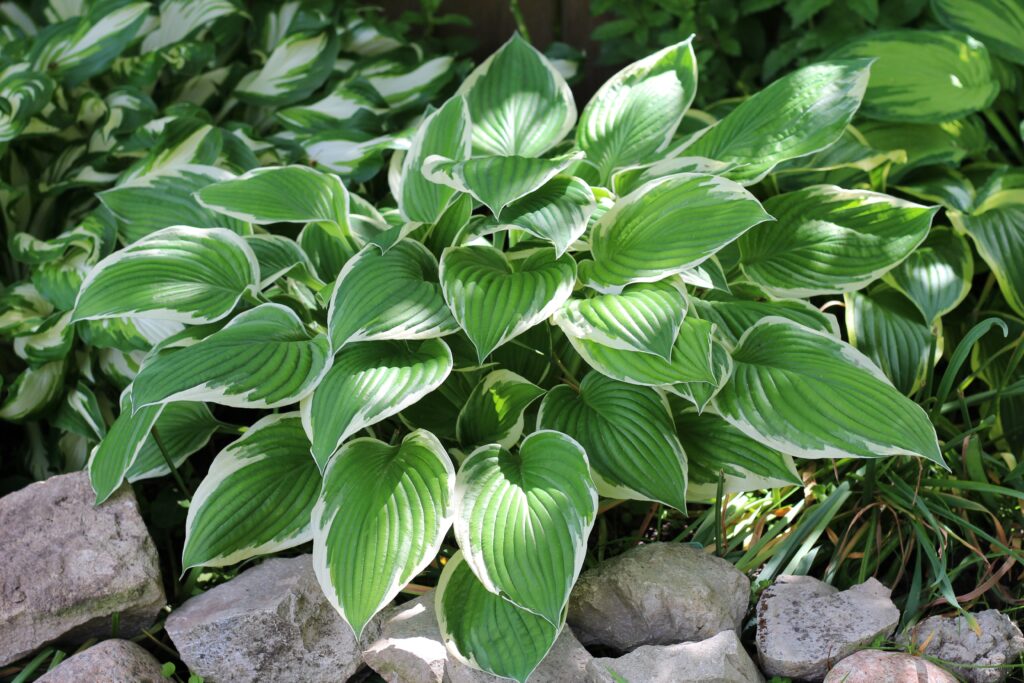
Hostas are known for their attractive foliage and are a common choice for shaded areas in gardens. Dividing hostas in September ensures they have time to re-establish roots before the colder months. This helps the plant grow more vigorously, resulting in larger leaves and more blooms next season. Simply dig up the plant, separate the roots, and replant them in a different area of your garden. Regular division prevents overcrowding, allowing each plant to thrive and spread out.
Hostas prefer well-drained, rich soil and should be planted in partial to full shade for optimal growth. By dividing them, you not only create more plants but also promote better air circulation, which can reduce the risk of fungal diseases. After division, make sure to water them thoroughly to encourage root development. These plants are easy to care for, making them a great addition to any garden. Dividing hostas will keep them healthy and help them produce lush, beautiful foliage year after year.
Peonies
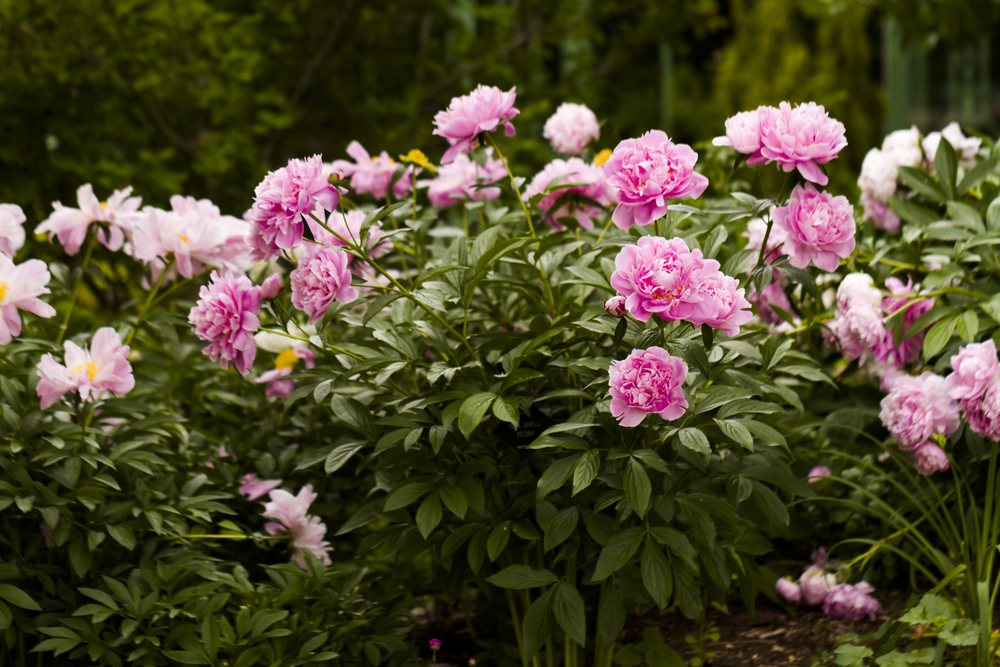
Peonies are a classic perennial known for their large, fragrant blooms in the spring. Dividing peonies in September is essential for promoting more flowers and healthier plants the following season. When you divide peonies, you help them avoid becoming root-bound, which can limit their bloom production. It is important to divide the plant when it is not actively growing, so fall is the ideal time. After dividing, ensure the new divisions are replanted in a sunny spot with well-drained soil.
These plants benefit from regular division every few years to maintain their vigor. When dividing, make sure to keep the roots intact and replant them about 2 inches deep. Peonies prefer rich, slightly acidic soil and need a bit of patience to establish strong roots. With proper care, divided peonies will continue to produce beautiful, large blooms in the spring. Dividing them in September allows time for the plants to settle in before the cold weather arrives.
Black-eyed Susans
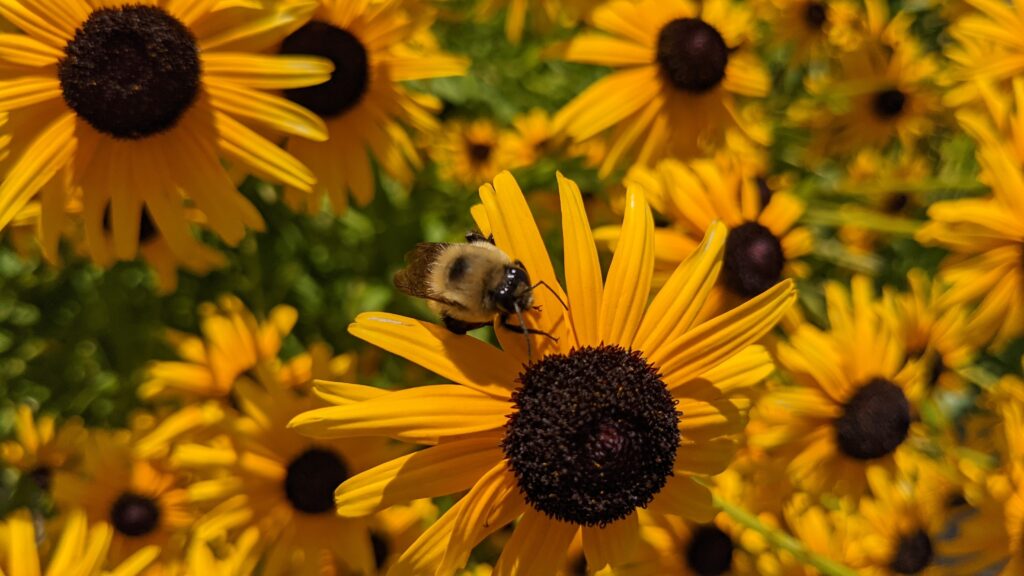
Black-eyed Susans are bright, cheerful flowers that thrive in a variety of garden settings. Dividing them in September encourages healthier growth and more blooms next year. Overcrowded plants may result in fewer flowers, so division helps them spread out and thrive. Simply dig up the plant, divide the roots, and replant them in well-drained soil. This process helps to rejuvenate the plant and ensures that it does not become too crowded in the coming season.
Black-eyed Susans are hardy perennials that thrive in full sun and well-drained soil. They are low-maintenance and can tolerate drought once established, making them a great choice for many garden types. Dividing them ensures that the plants continue to bloom profusely throughout the growing season. It also prevents them from becoming too woody or leggy, keeping them looking fresh and healthy. With the proper care, divided plants will grow strong and produce bright, yellow blooms year after year.
Coneflowers
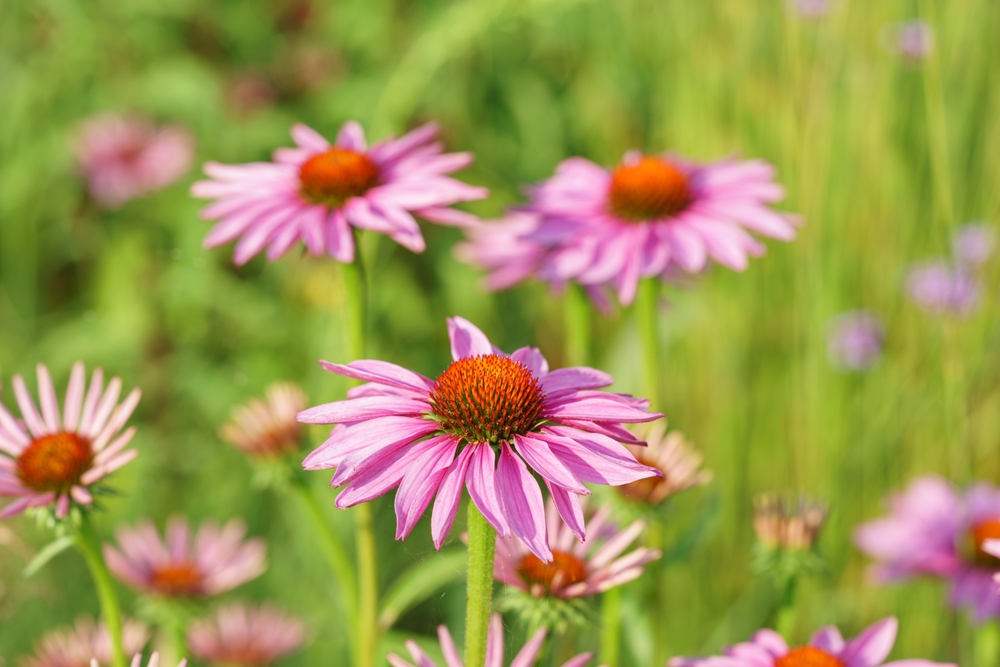
Coneflowers are a popular choice for gardens due to their bright, daisy-like flowers that attract pollinators. Dividing coneflowers in September ensures they will continue to produce abundant blooms in the next growing season. The division process helps the plant spread out, reducing overcrowding and encouraging larger flowers. After digging up the plant, separate the roots and replant them in a sunny spot with well-drained soil. This division process also rejuvenates the plant and encourages healthier growth.
These plants are tough and drought-tolerant, making them an excellent addition to almost any garden. Coneflowers thrive in full sun and can adapt to a variety of soil types, though they do best in rich, well-draining soil. Regular division helps prevent the plants from becoming root-bound, which can limit their flowering. By dividing them, you give each plant more space to grow and bloom. Dividing coneflowers in September gives them plenty of time to establish new roots before winter.
Shasta Daisies
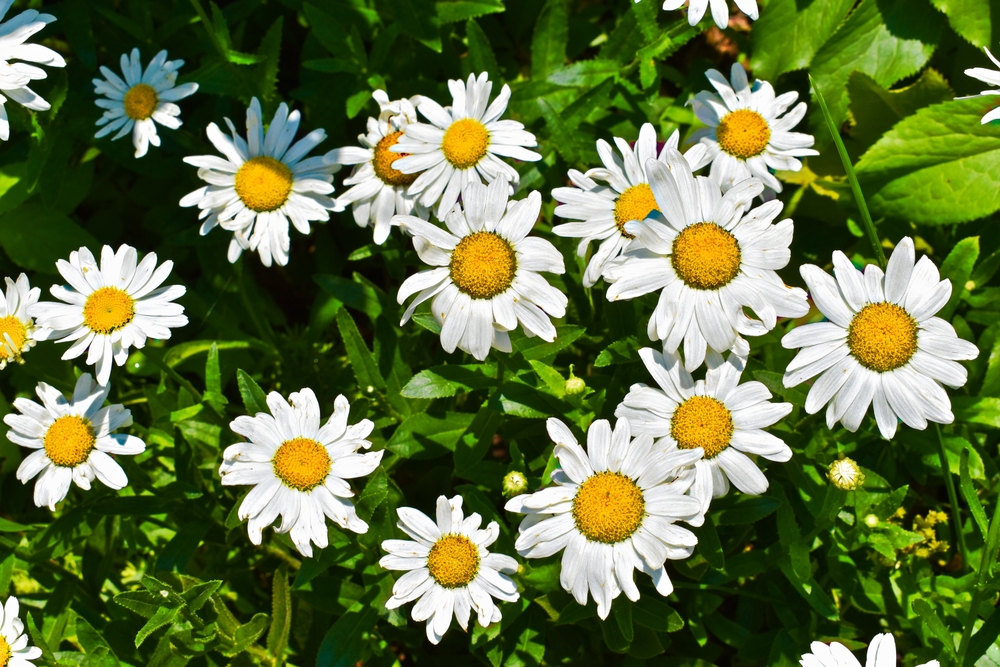
Shasta daisies are known for their pure white petals and bright yellow centers, adding a cheerful touch to any garden. Dividing them in September encourages more blooms for the following season by giving the plants more space to grow. Overcrowding can lead to smaller flowers and weaker plants, so division helps ensure they stay healthy and vibrant. To divide, dig up the plant, separate the roots, and replant them in a sunny location with well-drained soil. This process also helps rejuvenate older plants, giving them a fresh start.
Shasta daisies thrive in full sun and prefer slightly acidic, well-drained soil. They are low-maintenance and will continue to bloom profusely if properly divided and cared for. Dividing them helps prevent root rot and fungal issues that can arise from overcrowding. After division, make sure to water the plants well to establish their new roots. Dividing Shasta daisies every few years will keep them strong, healthy, and blooming beautifully.
Siberian Iris
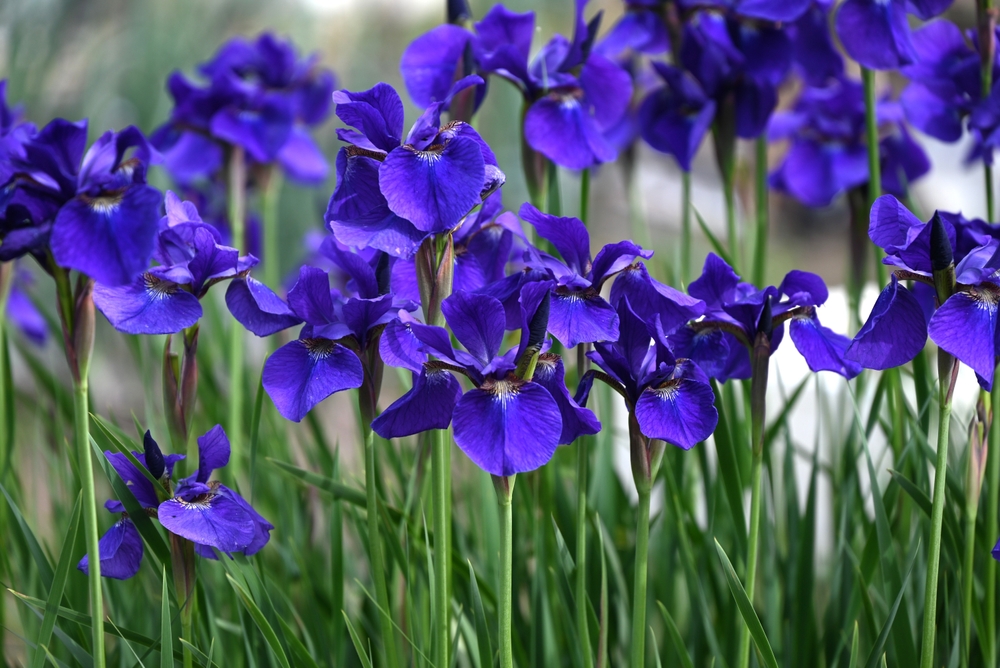
Siberian irises are known for their elegant, sword-shaped leaves and vibrant blooms that add color to gardens in early summer. Dividing them in September is essential for encouraging stronger growth and more blooms next year. Over time, these plants can become overcrowded, which limits their blooming potential. By dividing the plants, you give them more room to grow and thrive. After dividing, replant the divisions in a sunny or partially shaded area with well-drained soil.
These irises prefer moist, well-drained soil and will thrive when divided every few years. By dividing them, you promote healthier roots and more vibrant blooms. They do best in full sun, though they can tolerate some shade. Dividing Siberian irises in September allows the new divisions to establish strong roots before the colder months arrive. With proper care, they will continue to produce stunning flowers year after year.
Astilbes
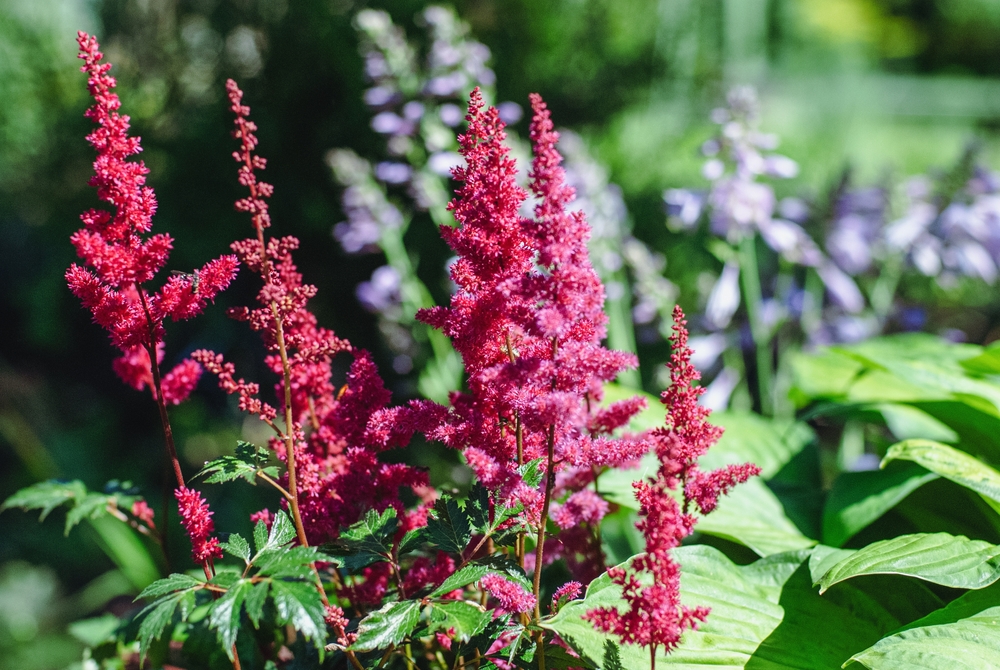
Astilbes are beautiful, shade-loving plants that produce feathery flowers in shades of pink, red, white, and purple. Dividing them in September ensures they remain healthy and continue to bloom in the coming season. These plants tend to get crowded over time, which can reduce their flowering potential. By dividing them, you allow the plants to spread out and thrive. After dividing, replant them in a spot with partial to full shade and consistently moist, well-drained soil.
Astilbes are perfect for shady garden areas and thrive in cool, moist environments. These plants will reward you with vibrant blooms if properly divided and cared for. Dividing them helps reduce the risk of root rot and allows the plants to grow more vigorously. Once established, astilbes are relatively low-maintenance, making them a great choice for gardeners looking for easy-care perennials. Dividing them in September will ensure they continue to provide color and texture to your garden next season.
Bleeding Hearts
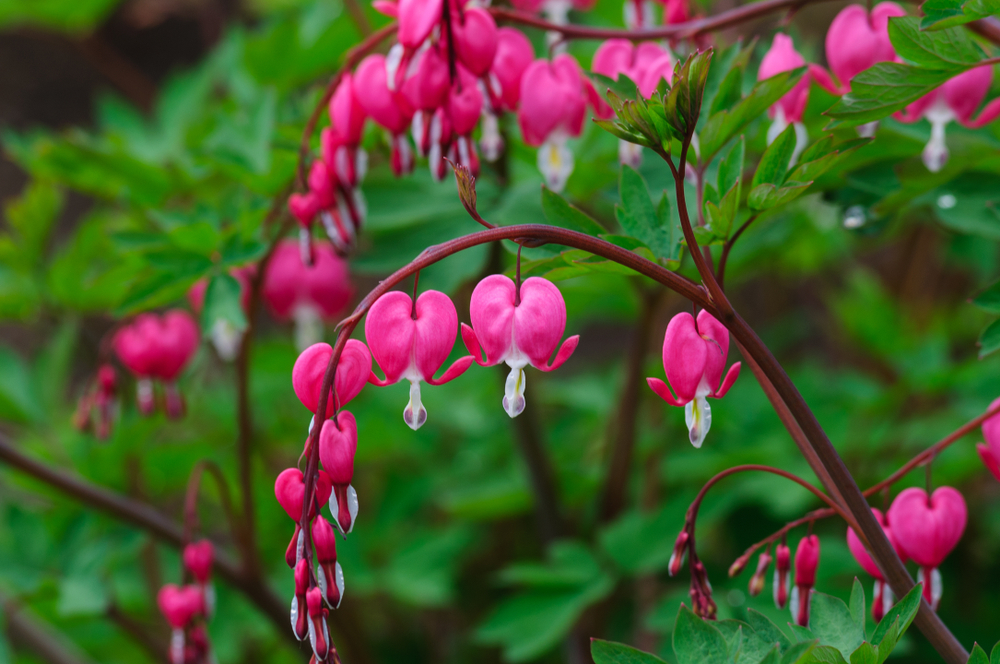
Bleeding hearts are known for their unique, heart-shaped flowers that add a touch of elegance to any garden. Dividing them in September is important for promoting more blooms and healthier growth next year. These plants tend to become overcrowded and less vigorous if left undivided, so it is essential to divide them every few years. When dividing, carefully separate the roots and replant them in a shady or partially shaded location with well-drained soil. This process rejuvenates the plant, ensuring that it remains healthy and beautiful.
Bleeding hearts thrive in cool, moist conditions and are perfect for shaded or woodland gardens. The division process helps prevent overcrowding, which can lead to fewer blooms and a less healthy plant. Dividing them also improves air circulation, reducing the risk of fungal diseases. After division, make sure to water the plants well to establish their new roots. With the proper care, bleeding hearts will continue to provide beautiful blooms year after year.
Japanese Anemones
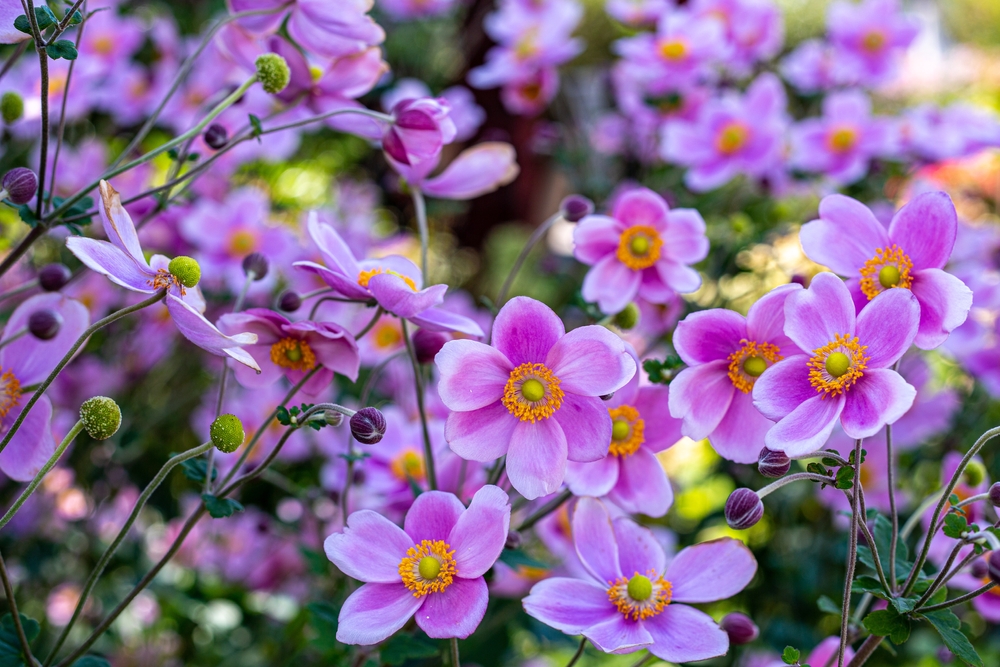
Japanese anemones are known for their elegant, late-season blooms that add color to gardens in the fall. Dividing them in September helps encourage more blooms and healthier growth for the next season. Overcrowding can limit their blooming potential, so regular division is necessary to keep them thriving. To divide, dig up the plant, separate the roots, and replant them in a spot with partial to full sun and well-drained soil. This process ensures that each plant has enough space to grow and bloom freely.
These plants thrive in moist, well-drained soil and are perfect for adding late-season color to your garden. Japanese anemones grow well in partially shaded areas, making them ideal for woodland or shaded garden beds. Dividing them helps maintain their health and vigor, ensuring they continue to bloom beautifully. Water them well after replanting to help establish new roots. Dividing them in September allows them plenty of time to settle in before the colder months.
Coral Bells
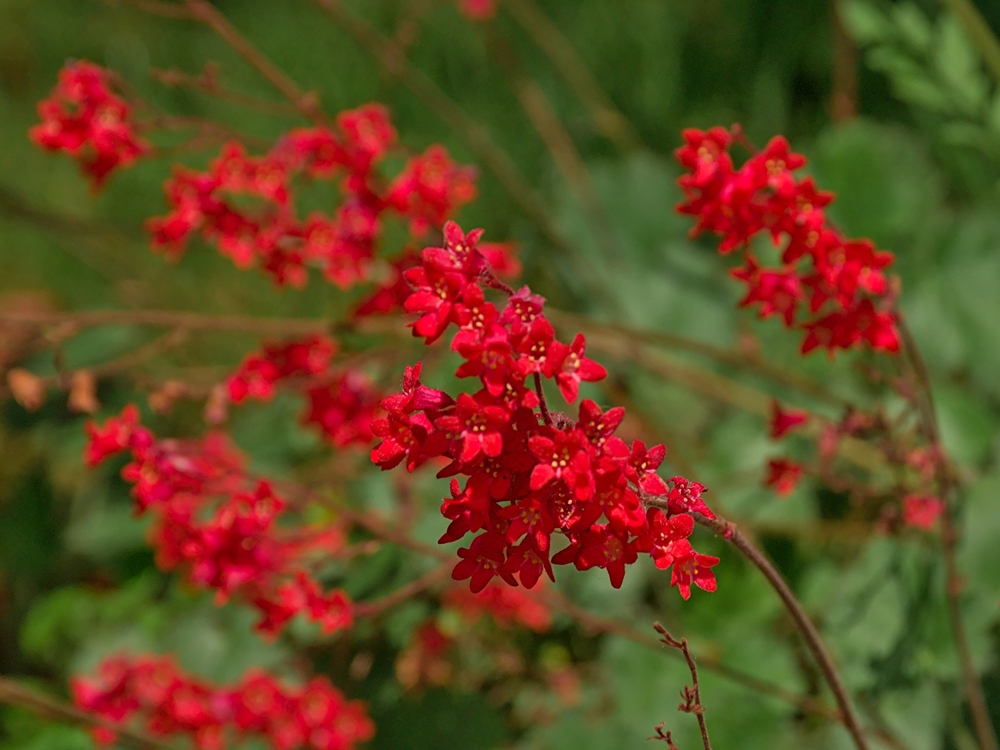
Coral bells are known for their colorful foliage and delicate flowers that brighten any garden. Dividing them in September promotes healthy growth and ensures more vibrant foliage and blooms next season. Over time, these plants can become crowded, leading to smaller leaves and fewer flowers. By dividing them, you give them more room to grow and spread out. After dividing, replant the divisions in a well-drained, partly shaded spot to encourage strong root development.
Coral bells thrive in a variety of soil types, but they prefer moist, well-drained soil. These plants are ideal for adding texture and color to shaded garden areas. Dividing them every few years helps prevent overcrowding, which can stunt their growth. Water the plants after replanting to establish their roots. With proper care, coral bells will continue to enhance your garden with their stunning foliage and delicate flowers.
Bergenia
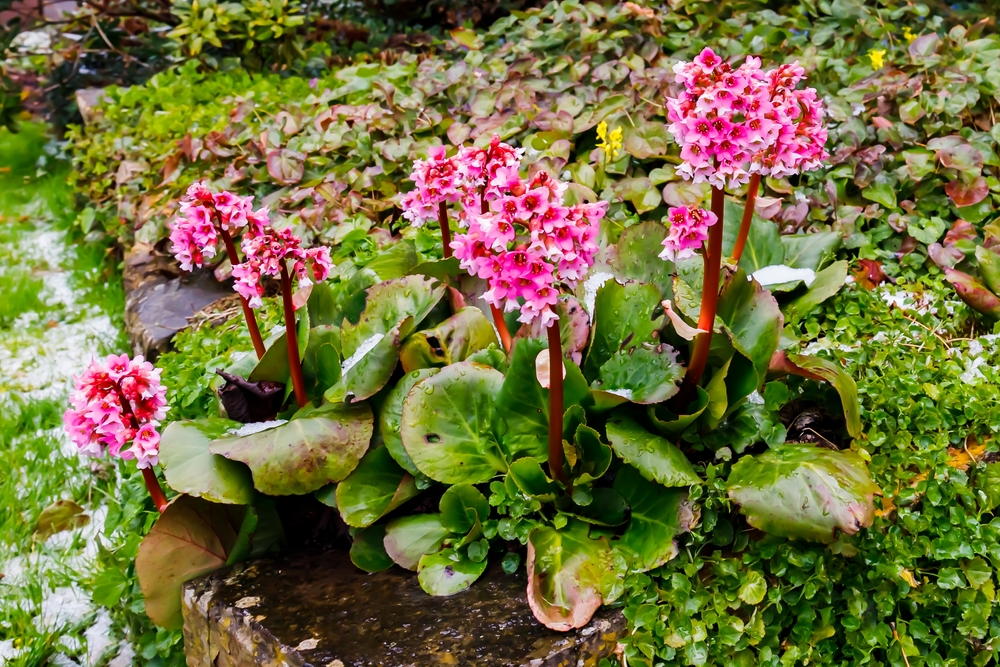
Bergenia, also known as elephant ears, is a perennial that features large, glossy leaves and vibrant spring flowers. Dividing them in September promotes healthier growth and ensures more blooms next season. These plants tend to grow in clumps, which can limit their blooming potential over time. By dividing them, you provide the plant with the space it needs to grow strong and healthy. After division, replant them in a sunny or partially shaded area with well-drained soil.
Bergenia thrives in cooler climates and prefers moist, well-drained soil. These plants are perfect for adding bold foliage and early-season flowers to your garden. Dividing them regularly helps maintain their health and vigor. After replanting, make sure to water the plants to help establish their new roots. Dividing bergenia will keep them producing vibrant flowers and beautiful foliage for years to come.
Lamb’s Ears
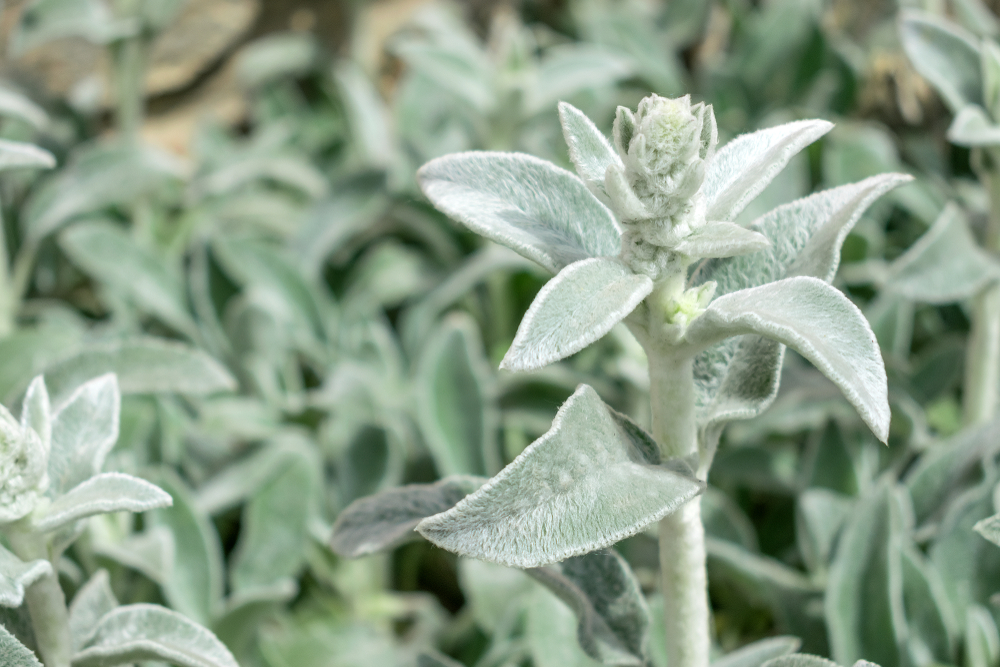
Lamb’s ears are known for their soft, silvery leaves that add texture and interest to gardens. Dividing them in September helps promote healthier growth and more blooms next year. These plants can become crowded over time, which can reduce their flowering potential. Dividing them helps to rejuvenate the plants, ensuring that they continue to thrive and produce their soft, velvety foliage. Simply dig up the plant, separate the roots, and replant them in a sunny spot with well-drained soil.
Lamb’s ears are perfect for adding texture to sunny garden beds, and they thrive in dry, well-drained soil. These plants are drought-tolerant once established, making them easy to care for. Dividing them ensures that they do not become too woody or leggy, keeping them looking fresh and healthy. After division, water them well to help establish their new roots. Dividing lamb’s ears every few years will help maintain their beauty and health.
Salvia
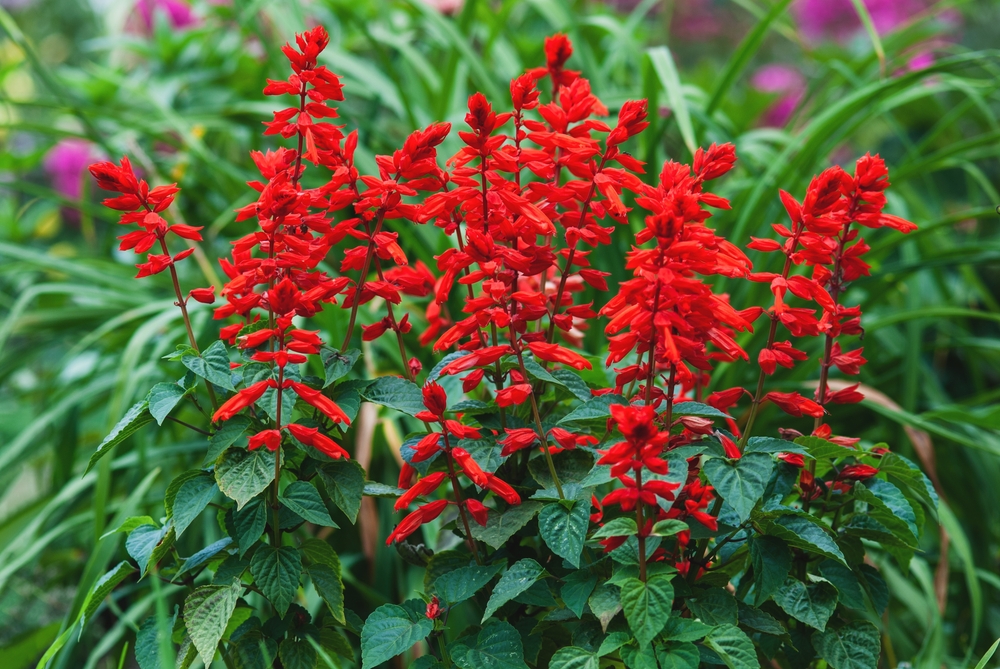
Salvia is a vibrant perennial that adds color to gardens with its tall spikes of purple, blue, or red flowers. Dividing them in September ensures that they will produce more blooms and remain strong in the next growing season. These plants can become overcrowded, which can limit their flowering potential. By dividing them, you allow the plants to grow more vigorously and spread out. Replant the divisions in a sunny or partially shaded spot with well-drained soil.
Salvia thrives in full sun and prefers well-drained, slightly dry soil. These plants are perfect for adding vertical interest and vibrant color to garden beds. Dividing them regularly helps improve air circulation and reduce the risk of disease. After division, be sure to water them well to help establish new roots. With proper care, salvia will continue to reward you with abundant blooms year after year.
Veronica
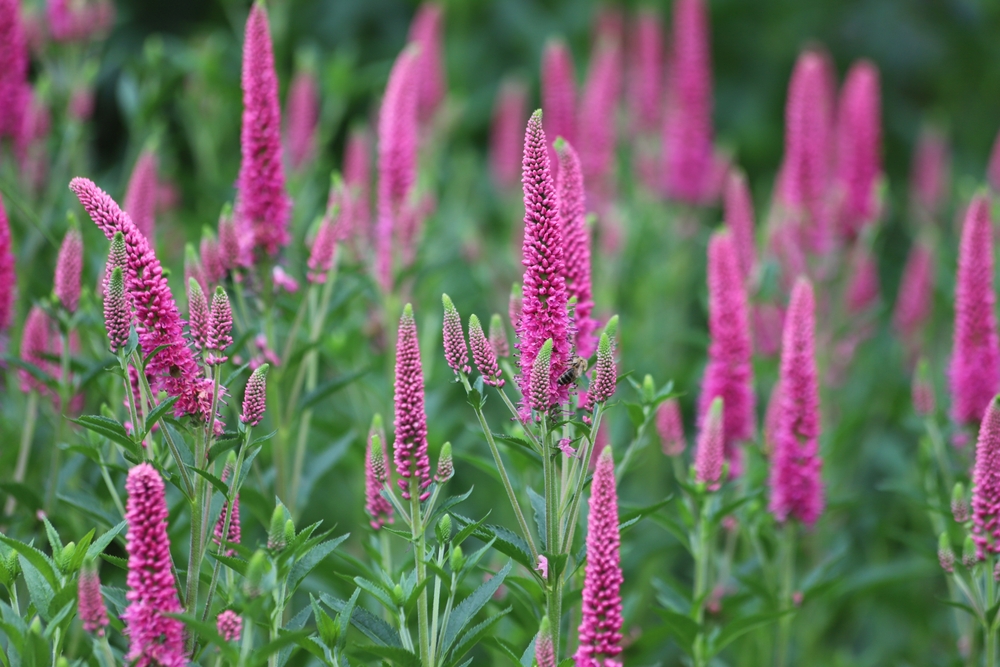
Veronica, also known as speedwell, is a perennial known for its spiky flowers in shades of blue, purple, or pink. Dividing them in September helps the plants maintain their vigor and produce more blooms next season. Overcrowding can cause smaller blooms and weaker plants, so regular division is essential. Simply separate the roots and replant them in a sunny or partially shaded spot with well-drained soil. This division process helps rejuvenate the plant and ensures it thrives for years to come.
Veronica thrives in full sun and prefers well-drained, slightly acidic soil. These plants are perfect for adding vertical interest to garden beds or borders. Dividing them encourages healthier growth and ensures that they continue to produce their stunning, spiky flowers. Water the divisions well after planting to encourage root establishment. By dividing them regularly, you will keep your veronica plants looking healthy and vibrant.
This article originally appeared on Avocadu.
